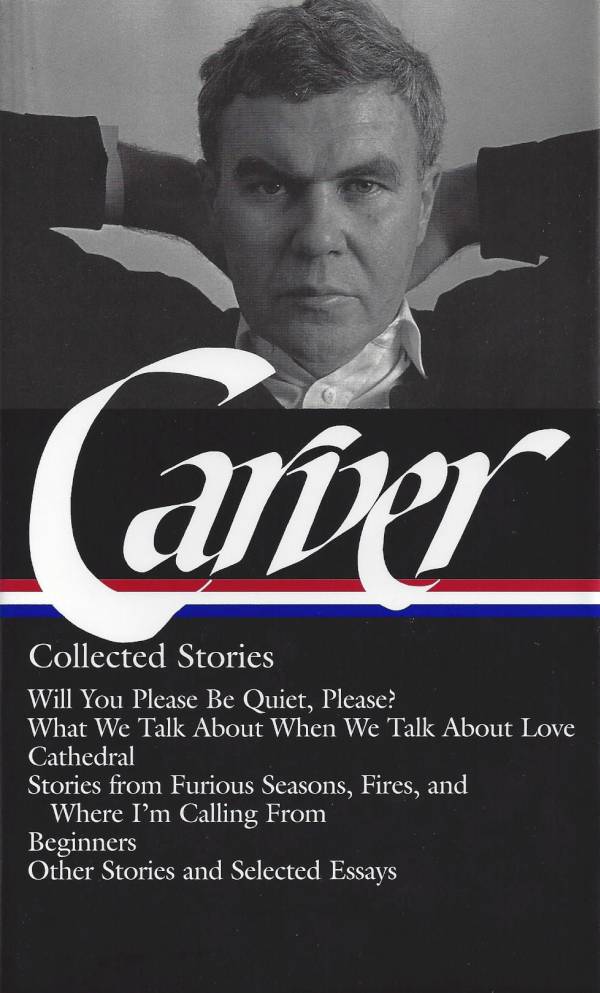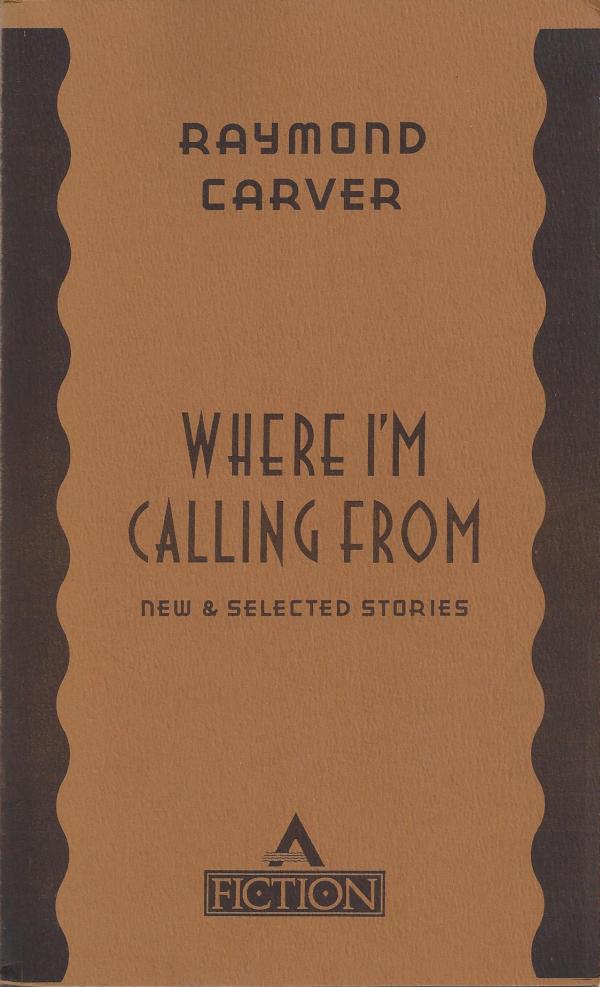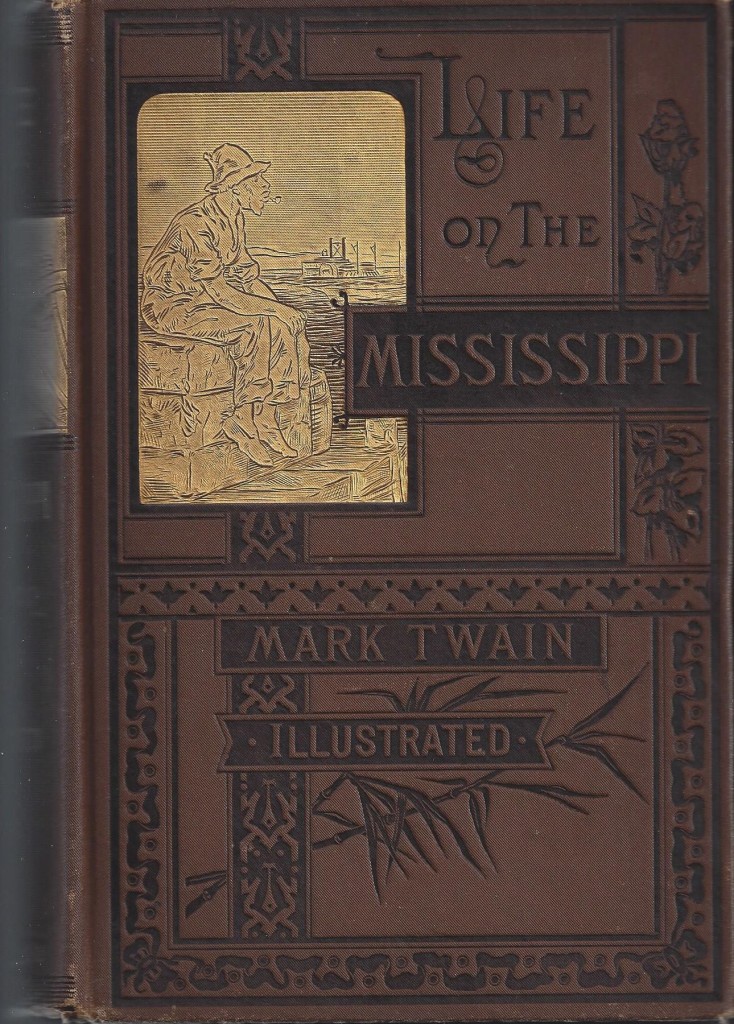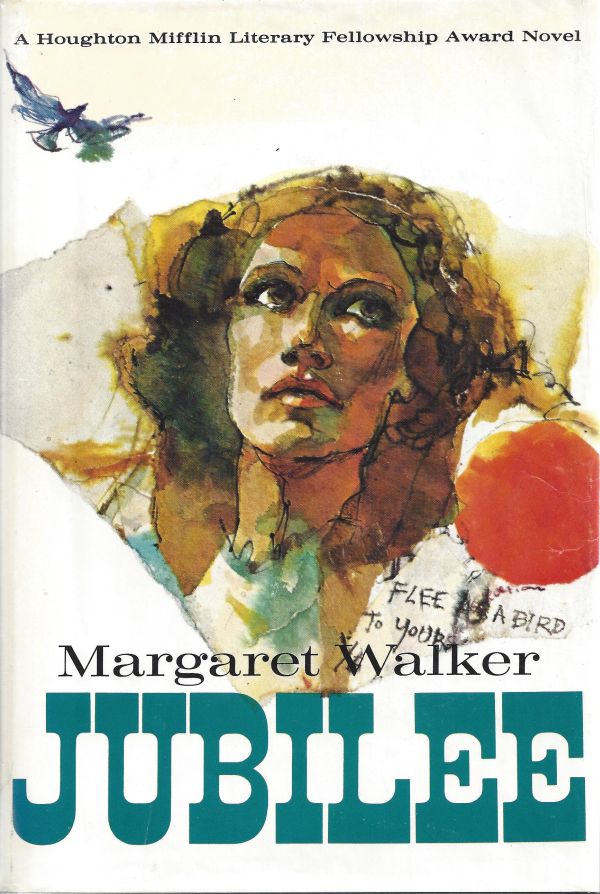“Where I’m Calling From” by Raymond Carver. New York: Atlantic Monthly Press, 1988.
 Raymond Carver died at the age of fifty but during his brief career he revived the short story form during the 1980s. His short story collection, “What We Talk About When We Talk About Love,” made him famous and writers have sought to emulate him ever since—Tobias Wolff, Amy Hempel, Richard Ford, Ann Beattie, Alice Munro, Nadine Gordimer, William Trevor, and others. Scholars have compared their work to Somerset Maugham, Guy du Maupassant and Anton Chekhov.
Raymond Carver died at the age of fifty but during his brief career he revived the short story form during the 1980s. His short story collection, “What We Talk About When We Talk About Love,” made him famous and writers have sought to emulate him ever since—Tobias Wolff, Amy Hempel, Richard Ford, Ann Beattie, Alice Munro, Nadine Gordimer, William Trevor, and others. Scholars have compared their work to Somerset Maugham, Guy du Maupassant and Anton Chekhov.
Raymond Carver had a legendary relationship with his editor Gordon Lish, who took a heavy hand with Carver’s work. While editing “What We Talk About” Lish got ahead of him and the final manuscript was sent to Knopf before Carver could stop some of Lish’s significant changes. While Carver was upset he also expressed gratitude for Lish’s work and the collection set his literary career and brought great financial gain which he and his wife desperately needed.
In contrast to “What We Talk About,” Carver’s final collection of stories, “Where I’m Calling From” was edited by Gary Fisketjon who worked at the Atlantic Monthly Press at the time. Fisketjon noted in Carver’s biography by Carol Skelnicka:
“’The main reason Ray and I wanted to do a ‘new and selected’ with Where I’m Calling From was to show how steadily his work had evolved and to shuck the moronic ‘minimalist’ label.’”
Fisketjon, who had read many of Carver’s stories in their earlier magazine versions, said, “Where I’m Calling From is the definitive edition of Ray’s stories. Those are the stories that Ray wanted to restore.”
Carver’s title story “What We Talk About” appears in the Oscar-winning film “Birdman.” During the film, the main character, Riggins—played by Michael Keaton, rehearses a play adaptation of Carver’s story. Whether you’ve seen the movie or not, it’s a great time to read Raymond Carver again, or maybe even delightfully, for the first time.
 For reading, The Collected Stories published by the Library of America contains both Lish’s edit of “What We Talk About” and Carver’s version plus several insightful essays by Carver.
For reading, The Collected Stories published by the Library of America contains both Lish’s edit of “What We Talk About” and Carver’s version plus several insightful essays by Carver.
For collecting, the uncorrected proof of “Where I’m Calling From”–which contains the story “What We Talk About”–is particularly meaningful noting Carver’s literary journey and that he would pass away several months later in 1988.
See all of Lemuria’s collectible books by Raymond Carver here.





 “Breathing Lessons” by Anne Tyler. Franklin Library: Philadelphia, PA: 1988.
“Breathing Lessons” by Anne Tyler. Franklin Library: Philadelphia, PA: 1988.




 Barry Gifford explains in the beginning of his
Barry Gifford explains in the beginning of his  Gifford’s Sailor and Lula became popular in the 1990s. Readers might remember the film adaptation of the first S&L book Wild at Heart (1990) starring Nicolas Cage and Laura Dern.
Gifford’s Sailor and Lula became popular in the 1990s. Readers might remember the film adaptation of the first S&L book Wild at Heart (1990) starring Nicolas Cage and Laura Dern. That continues in Up-Down, which is subtitled “The almost lost, last Sailor and Lula story, in which their son, Pace Roscoe Ripley, finds his way.”
That continues in Up-Down, which is subtitled “The almost lost, last Sailor and Lula story, in which their son, Pace Roscoe Ripley, finds his way.” Haruki Murakami released
Haruki Murakami released 

